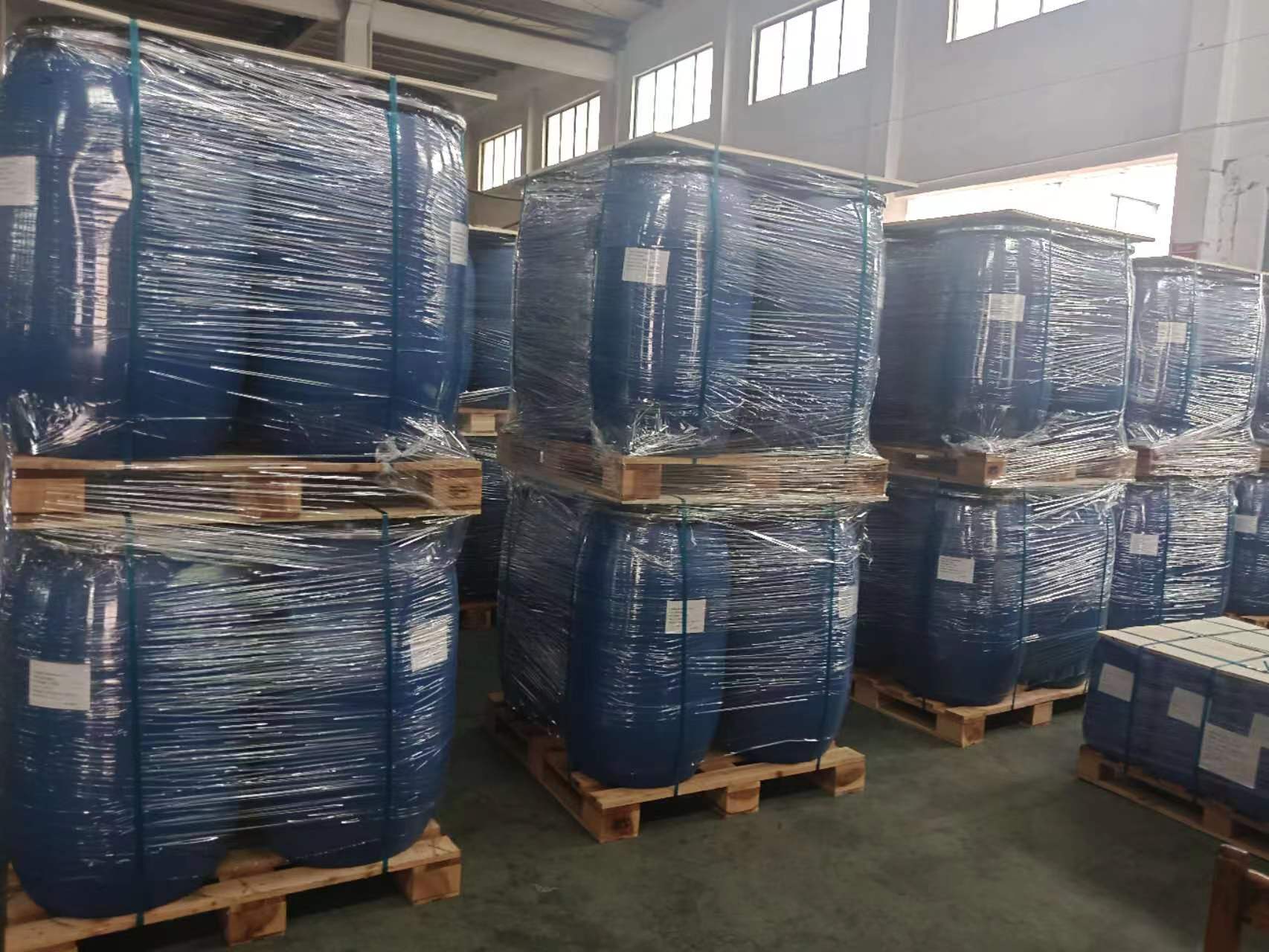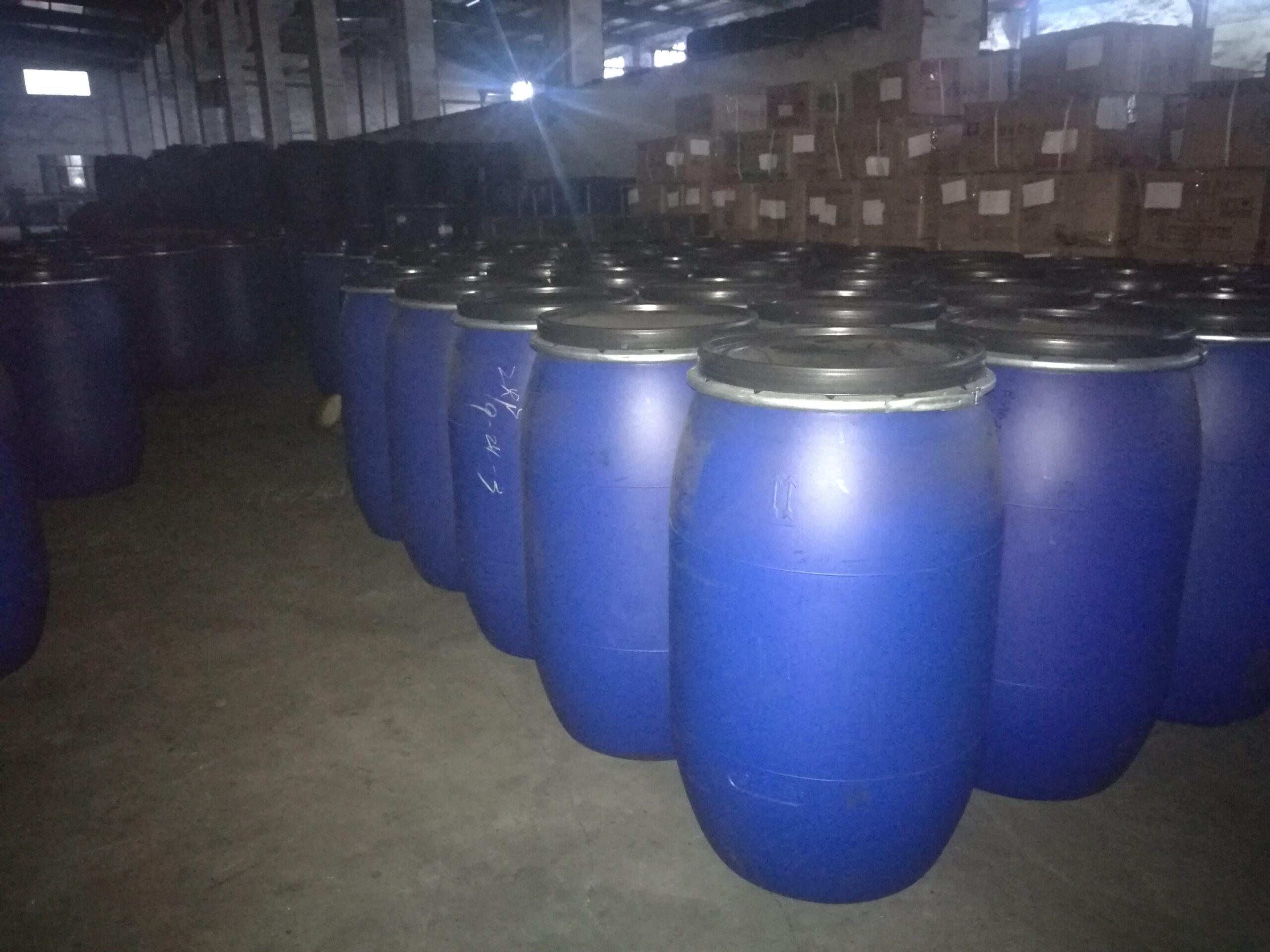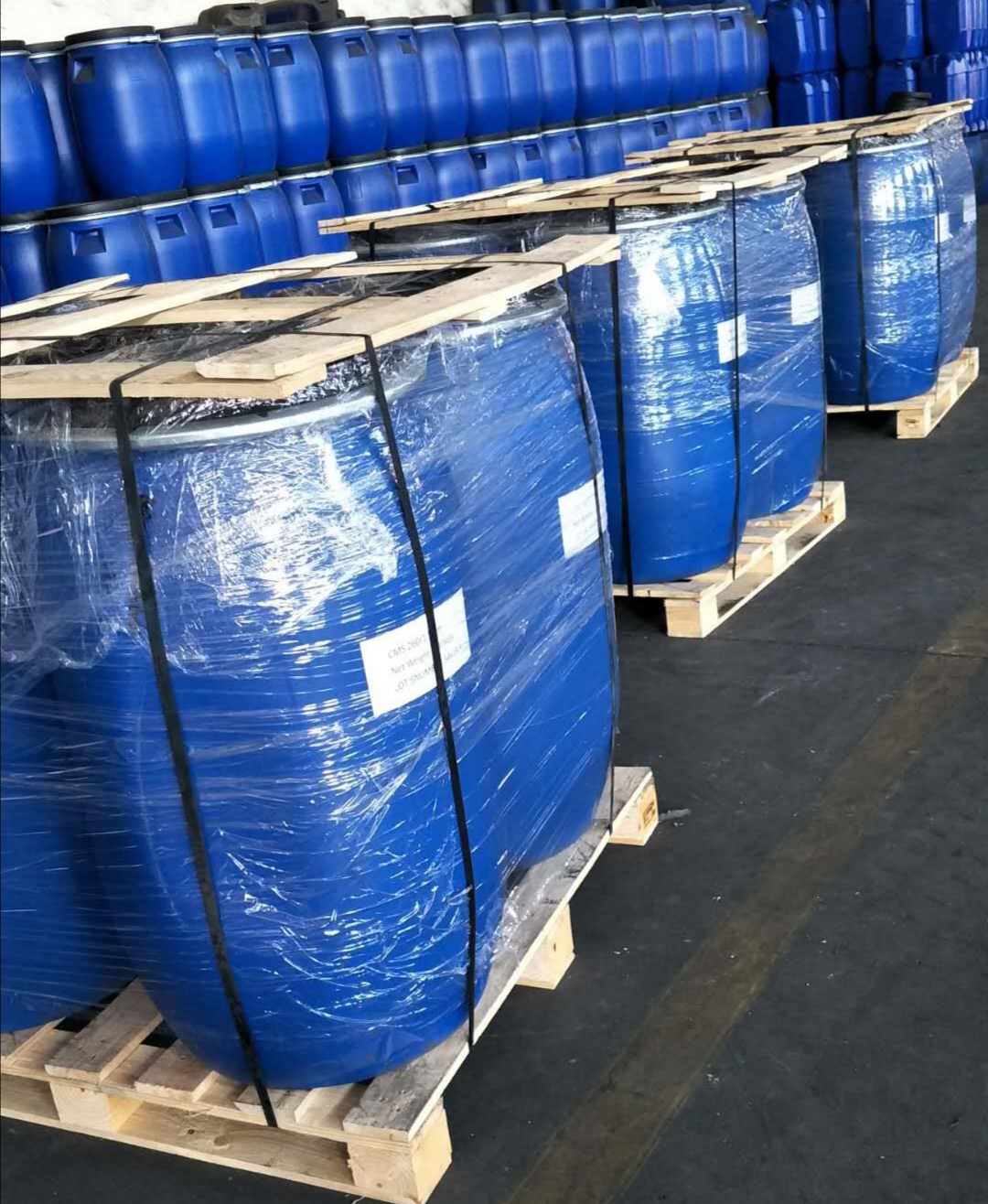Knowledge related to coal-based activated carbon
一、What is coal-based activated carbon?
Coal-based activated carbon is a substance used for purifying water and air
Coal-based activated carbon is developed through a series of processes including carbonization, cooling, activation and washing. Its appearance is generally black cylindrical activated carbon, amorphous coal-based granular activated carbon, also known as crushed carbon. Cylindrical activated carbon, also known as columnar carbon, is generally made from powdered raw materials and binders through kneading, extrusion molding, followed by carbonization and activation processes. It can also be formed by extruding powdered activated carbon with a binder. It features a well-developed pore structure, excellent adsorption performance, high mechanical strength, easy repeated regeneration and low cost. It is used in the purification of toxic gases, waste gas treatment, purification and treatment of industrial and domestic water, solvent recovery, etc.
二、 Various Applications
1. Water treatment industry: Tap water, industrial water, sewage treatment, pure water, beverages, food, and pharmaceutical water
2. Air purification: Remove impurities, odors, adsorb, and eliminate harmful gas substances such as formaldehyde, benzene, toluene, xylene, and oil vapor
3. Industry: Decolorization, purification, air purification
4. Fish farming: Filtration
5. Reagents: Catalysts and catalyst carriers

三、 Effects Review
Coal-based granular activated carbon has the unique advantages of high strength, well-developed pores, large specific surface area, especially large micropore volume. Coal-based activated carbon has a strong adsorption capacity for organic matter, free chlorine in various water sources and harmful gases in the air. It is an excellent adsorbent for the deep purification of urban drinking water and is also applied to remove bacteria and toxic gases from the air.
Coal-based activated carbon has a well-developed pore structure, good chemical stability and mechanical strength, and is an excellent broad-spectrum carbon-based adsorption material. According to the difference in appearance, coal-based activated carbon can mainly be divided into coal-based granular activated carbon and coal-based powdered activated carbon. Granular activated carbon is further classified into two major categories: coal-based formed carbon, including columnar carbon, briquettes (or tablets), spherical carbon and raw coal crushed activated carbon. Activated carbon can be classified into various types based on different uses, such as for water purification, air purification, decolorization, solvent recovery, injection, and protection. Due to its resistance to acid, alkali and heat, and the fact that granular activated carbon can be conveniently regenerated after adsorption saturation, activated carbon is an indispensable carbon-based adsorption material in modern industrial production and environmental protection.
The adsorption of solute molecules in water by coal-based granular activated carbon is a complex process, which is the result of the combined action of several forces, including ionic attraction, van der Waals forces, and chemical hybridization forces. According to the two-rate diffusion theory of adsorption, adsorption is a two-rate process composed of two stages: rapid diffusion and slow diffusion. Rapid diffusion is completed within a few hours, exerting 60% to 80% of the adsorption capacity of coal-based granular activated carbon. Rapid diffusion is the process in which solute molecules diffuse uniformly along the radial direction in large pores with low resistance within carbon particles. These large pores generate radial diffusion resistance. When molecules further diffuse from the macropores into the micropores communicating with the macropores, they are extremely slow due to the significant resistance generated by the narrow pore size. The micropores are also uniformly distributed within the carbon particles, but they do not constitute radial diffusion resistance. The factors influencing the adsorption of coal-based granular activated carbon involve the polarity of solute molecules, the size of molecular weight, and spatial structure, which depend on the characteristics of the water source quality. Coal-based granular activated carbon has selective adsorption properties for different substance molecules.
Advantages
1. The main features of the application of coal-based granular activated carbon are low equipment investment, low price, fast adsorption speed, and strong adaptability to short-term and sudden water pollution.
2. The addition of coal-based granular activated carbon has a significant effect on removing color. The removal of chroma has been reported to reach up to 70%. A low chroma indicates a high efficiency in removing organic matter and a good effect in removing iron and manganese.
3. The addition of coal-based granular activated carbon has a significant effect on removing odors.
4. The addition of coal-based granular activated carbon helps to remove anionic detergents.
5. Adding coal-based granular activated carbon is helpful for the removal of algae. The addition of coal-based granular activated carbon blocks the light absorption of algae. Meanwhile, it has a significant coagulant aid effect in water sources with lower turbidity, which is helpful for removing algae in the process of coagulation and sedimentation.
6. The addition of coal-based granular activated carbon significantly reduces the chemical oxygen demand and five-day biochemical oxygen demand. The decline in these characteristic indicators, which are positively correlated with the degree of organic pollution in water bodies, indicates the removal degree of toxic and harmful substances in the water.
7. The addition of coal-based granular activated carbon has a good effect on the removal of phenols.
8. The addition of coal-based granular activated carbon powder significantly reduces the turbidity of the effluent and greatly improves the quality of tap water.
9.The influence of adding coal-based granular activated carbon on the mutagenicity of water bodies can effectively remove organic pollutants. It is a simple and straightforward way to improve the quality of drinking water through conventional processes.
After adding powdered activated carbon, a considerable portion of the organic matter in the water body was removed, the content of colloidal substances in the water body decreased, and the surface viscosity dropped. Powdered activated carbon is adsorbed on the flocs, which is conducive to bridging the flocs and can improve the structure of the flocs. Therefore, for water bodies with low turbidity and severe pollution, the addition of coal-based granular activated carbon not only has a good ability to remove organic pollution, but also has a good coagulant aid effect, which can significantly improve the quality of the effluent. It is a relatively small investment and quick return, especially for large-scale old water plants, and is a reliable purification process for treating polluted water sources.
Coal-based granular activated carbon is made from high-quality anthracite as raw material and processed through advanced technology. It appears as black granules. It has the characteristics of reasonable pore structure, good adsorption performance, high mechanical strength, easy repeated regeneration and low cost. Coal-based granular activated carbon is mainly used for the purification of toxic gases, waste gas treatment, and the purification of industrial and domestic water. It is suitable for the purification of raw water in power plants and tap water, especially in the filtration and purification of chemical wastewater and the treatment of chloride ions in brackish water used in power plant boilers, where it has a very good treatment effect.
The most important property of coal-based granular activated carbon is its adsorption capacity, which is related to the pore structure of the activated carbon. The specific surface area and specific volume of micropores are both very large. Therefore, micropores largely determine the adsorption capacity of activated carbon. On the surface of solid activated carbon, two main types of adsorption occur, namely physical adsorption and chemical adsorption. Chemical adsorption is a monolayer adsorption method that can remove polar pollutants and some metal ions from wastewater and waste gas. Physical adsorption can form multi-molecular layer adsorption and effectively adsorb organic pollutants in wastewater and waste gas. When a certain adsorbate comes into contact with the surface of the adsorbent, whether physical adsorption or chemical adsorption occurs depends on the surface activity of the adsorbent, the nature of the adsorbate, temperature and other factors. Industrial activated carbon, in addition to adsorption capacity, also requires: ① high mechanical strength and good wear resistance; ② The energy required for desorption is small and regeneration is easy. ③ It has a stable structure and low carbon loss during regeneration, etc.
四、 Uses
Coal-based activated carbon is widely used in the deep purification of drinking water, industrial water and wastewater, as well as in the purification of domestic and industrial water quality and gas-phase adsorption. It is applied in water purification treatment in industries such as power plants, petrochemicals, oil refineries, food and beverage, sugar and wine making, medicine, electronics, fish farming and shipping. It can effectively adsorb free chlorine, phenol, sulfur and other organic pollutants in water. Especially the precursor substances of mutagens (THM), achieving purification, impurity removal and odor elimination.
It can also be used for industrial exhaust gas purification, gas desulfurization, petroleum catalytic reforming, gas separation, pressure swing adsorption, air drying, food preservation, gas masks, desorption carriers, industrial solvent filtration, decolorization, purification, etc. Separation, purification and purification of various gases; Organic solvent recovery Decolorization, deodorization and refinement of sugar, monosodium glutamate, medicine, alcohol and beverages; Extraction of precious metals Catalysts and catalyst carriers in the chemical industry. The product has more functions such as decolorization, purification, impurity removal, deodorization, odor elimination, carrier, purification and recycling.

五、Classifications
Classification of coal-based activated carbon
1. Type A-A coal-based columnar activated carbon: It is widely applied in solvent recovery, industrial waste gas purification, protective equipment, home air purification, power plant raw water purification, pure water treatment, power plant raw water treatment, water treatment for electronics factories, water treatment for chemical pigments, water treatment for food factories and pharmaceutical factories, as well as biological carriers in sewage treatment plants, waste gas treatment in factories and landmines, reclaimed water reuse, and Marine aquaculture seedling cultivation, etc. It can also be used in fields such as pure water production, sewage treatment, sewage biological carriers, Marine aquaculture, as well as cold storage preservation and factory air purification.
2. Type B raw coal crushed granular activated carbon: It is suitable for application in the purification of raw water in power plants, especially in the filtration and purification treatment of chemical wastewater and the treatment of chloride ions in brackish water used in power plant boilers, and has a very good treatment effect. And projects such as soil improvement for golf courses.
3. C-type coal-based powdered activated carbon: Mainly used for tap water purification, it is used to adsorb organic matter, residual chlorine and odor in the raw water, reduce turbidity, improve taste, and make it meet the standards of drinking water. This product also has a good treatment effect in the sewage treatment industry.
六、Specifications
Columnar: Φ1.5mm, Φ3.0mm, Φ3.5mm, Φ4.0mm, Φ5.0mm; Powder: For powders above 100 mesh, the mesh count of the screen shall prevail.
Packaging: 25Kg, 20Kg double-layer woven bags. Customized packaging is also available upon customer request.
七、Storage and transportation precautions for coal-based Activated carbon
1. During the transportation of activated carbon, it should be prevented from being mixed with hard substances. It must not be stepped on or trampled to avoid the breakage of carbon particles and affect the quality.
2. Storage: It should be stored in porous adsorbents. Therefore, during transportation, storage and use, it is absolutely necessary to prevent water immersion. Once water immersion occurs, a large amount of water will fill the active voids, causing it to lose its function.
3. To prevent tar-like substances from entering the activated carbon bed during use, it is necessary to strictly prohibit tar-like substances from being brought in to avoid clogging the pores of the activated carbon and rendering it ineffective in adsorption. It is best to have coke removal equipment to purify the gas.
4. When storing or transporting fireproof activated carbon, prevent direct contact with fire sources to avoid fire. During the regeneration of activated carbon, avoid oxygen intake and ensure thorough regeneration. After regeneration, it must be cooled with steam to below 80℃; otherwise, if the temperature is too high and it comes into contact with oxygen, the activated carbon may spontaneously combate.
八、 Distinguish Quality
Activated carbon adsorption for removing indoor pollution is the most widely used, mature, safe, reliable and capable of absorbing the most types of substances method in the 21st century. Although activated carbon can come in many varieties in terms of appearance and application, it shares a common characteristic, which is “adsorption”. The higher the adsorption value, the better the quality of the activated carbon. How can one simply identify the high or low adsorption value of activated carbon?
1. Check the density: Feel it in your hand. The more pores the activated carbon has, the higher its adsorption performance. The lower the density, the lighter it feels.
2. Observe the bubbles: Put a small handful of activated carbon into water, and a series of extremely tiny bubbles will be produced, pulling out a fine line of bubbles. At the same time, a faint sound of bubbles will be heard. The more intense and prolonged this phenomenon occurs, the better the adsorption capacity of the activated carbon.



